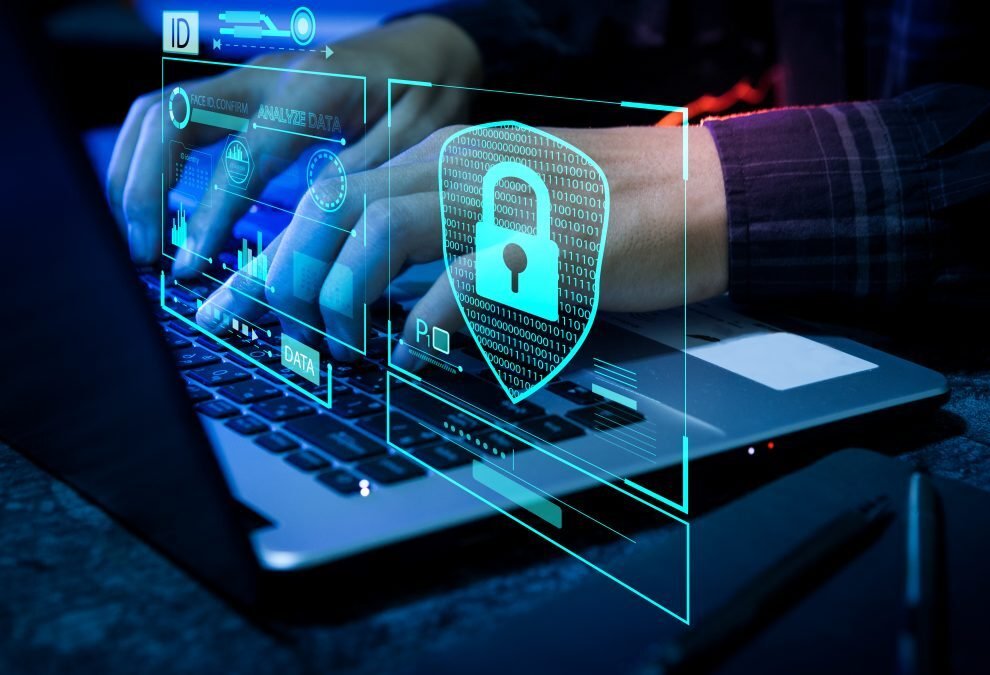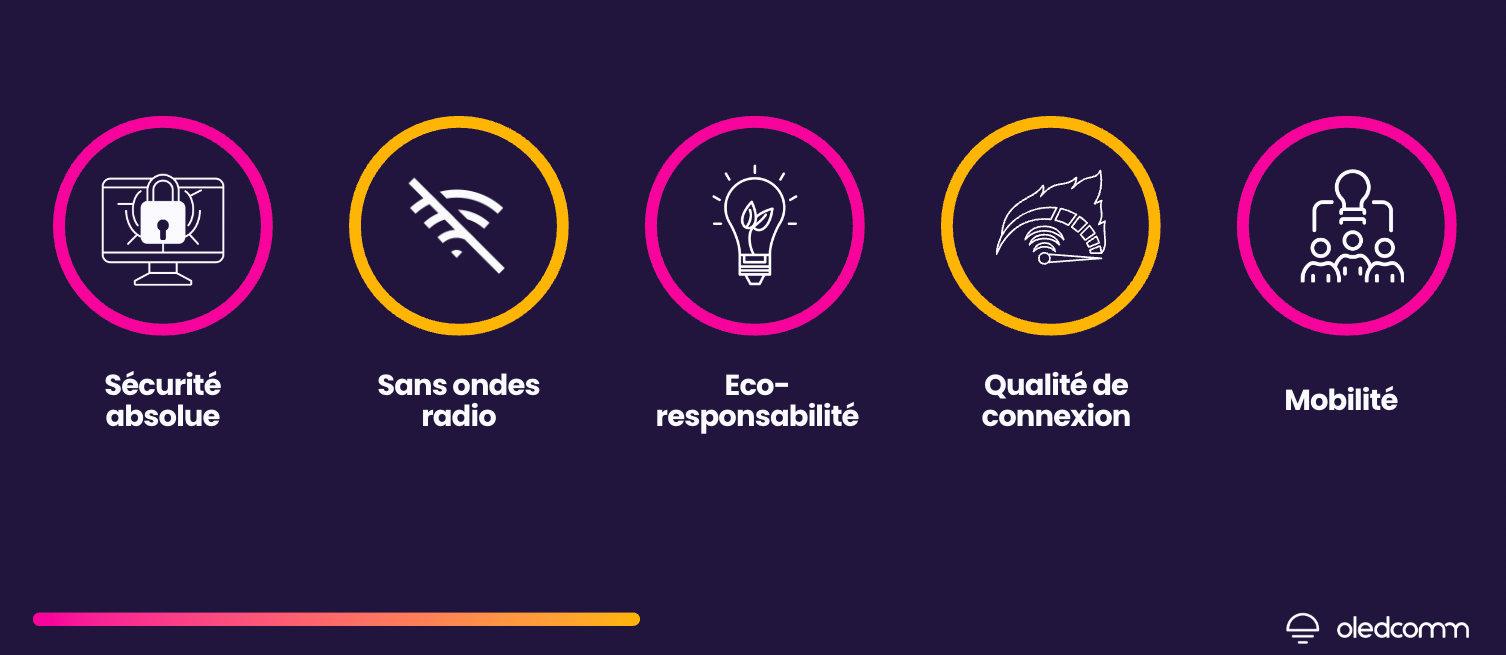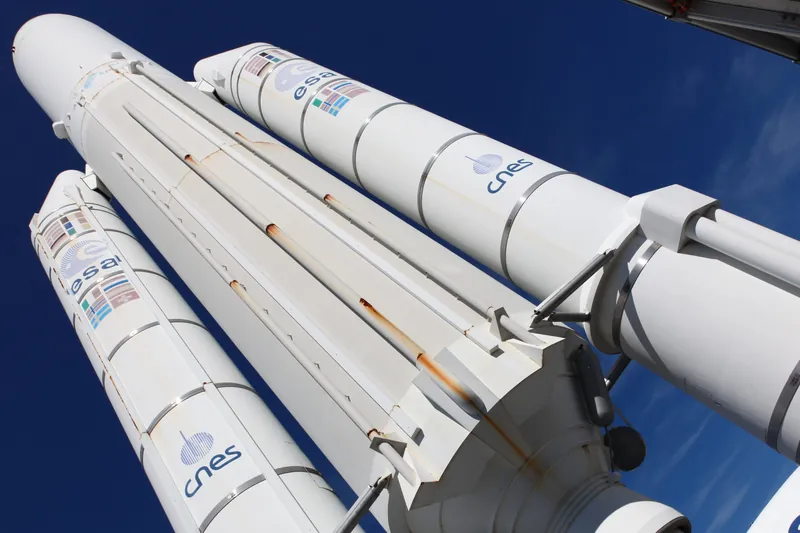
Blog
LiFi and 5G, complementary technologies?
Behind this apparent competition for the throne of performance may lie the opportunity for an alliance to reinvent wireless communication.

LiFi and 5G, complementary technologies?
What are the possible complementarities between LiFi, an emerging technology for transmitting data by light, and 5G, the latest generation of standards for mobile telephony? Two technologies in full expansion, two spearheads of tomorrow's connectivity, that two drastically different workings seem to oppose.
Behind this apparent competition for the throne of performance may lie the opportunity for an alliance to reinvent wireless communication.
LiFi: What you need to know
LiFi is a technology for transmitting data through light. The result of several years of laboratory research and development, LiFi is now operational and promises to revolutionize Internet connectivity in many sectors.
LiFi technology provides ultra-fast, reliable and latency-free data throughput, absolute data security, no health risks and no interference with radio waves.
These unique characteristics in the telecommunication landscape make it the technology of choice to equip the industrial sector, hospitals, aeronautics, schools or government institutions.
How does it work? The information is encoded through the pulses of an LED light source, then decoded by a receiving device and finally transmitted to the connected device. The exceptional switching capacity of LEDs allows them to emit tens of thousands or even millions of signals every second, enabling them to transmit the richest and most complex information in record time.
5G: What you need to know
5G, as its name suggests, is the fifth generation of mobile telephony standards. With deployment in France starting in November 2020, the heir to 4G is intended to provide up to 10 times the speed of 4G, as well as reduced latency and more simultaneous connections per area covered. According to its ambassadors, 5G is not simply a continuation of the 2G, 3G and 4G continuum but a turning point in communications technology, opening the door to new uses.
But 5G as currently envisaged raises a number of questions. On the one hand, the deployment of 5G requires a multiplication of the number of antennas, but also a multiplication of the energy consumed by each of them: 10 times more antennas, each consuming 10 times more energy than 4G antennas.
On the other hand, like its predecessors and WiFi, 5G is based on the use of radio waves. These are criticized for their health impact and compromised by the possible saturation of communication networks caused by the exponential increase in the number of connected devices.
LiFi and 5G, complementary technologies?
In fact, LiFi should allow 5G to develop by circumventing the technological, health and environmental issues it raises.
What would happen if we replaced expensive, energy-consuming antennas with the billions of low-power LED light sources in the world? This was the question raised by Oledcomm, leading to a collaboration with 5G-PPP, a public-private partnership initiated by the European Commission to develop solutions, architectures, technologies and standards for tomorrow's communication infrastructure.
The combination of LiFi and 5G will allow the use of 5G in key wave-sensitive sectors such as healthcare, aeronautics, industry and defence. In the near future, the substitution of radio waves by light will open the field of possibilities far beyond the promises of 5G, in terms of performance, use cases and environmental impact.
To find out more about LiFi, its interaction with 5G and its application in your sector, contact us.
Recent articles

Categories
See some more...




